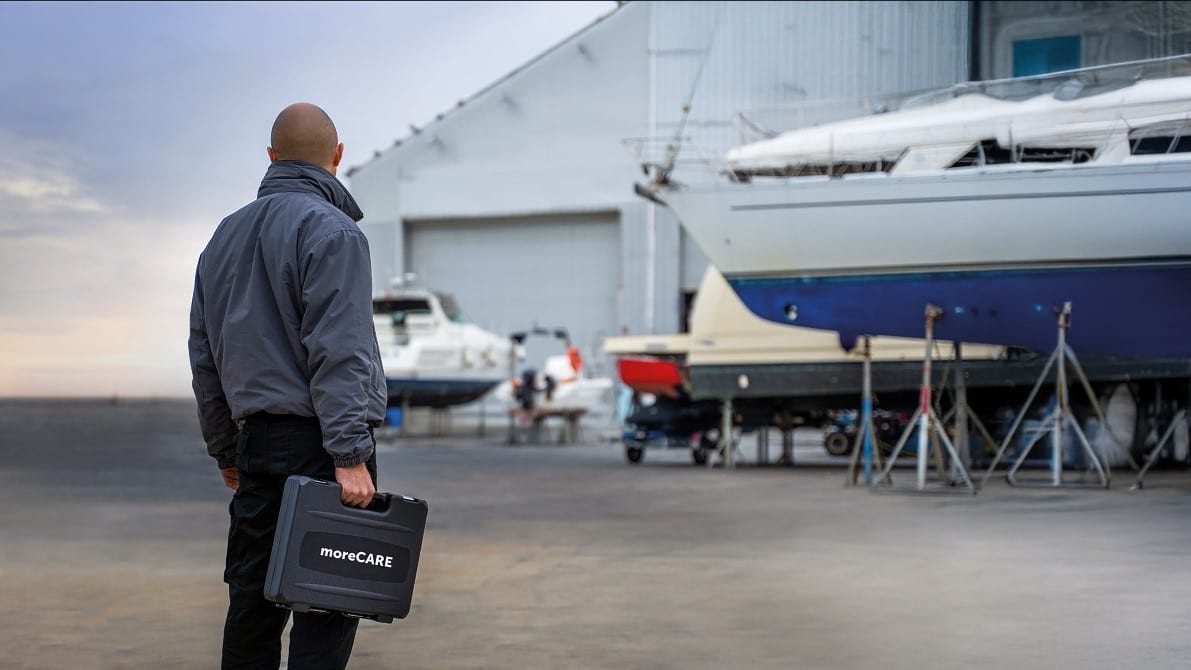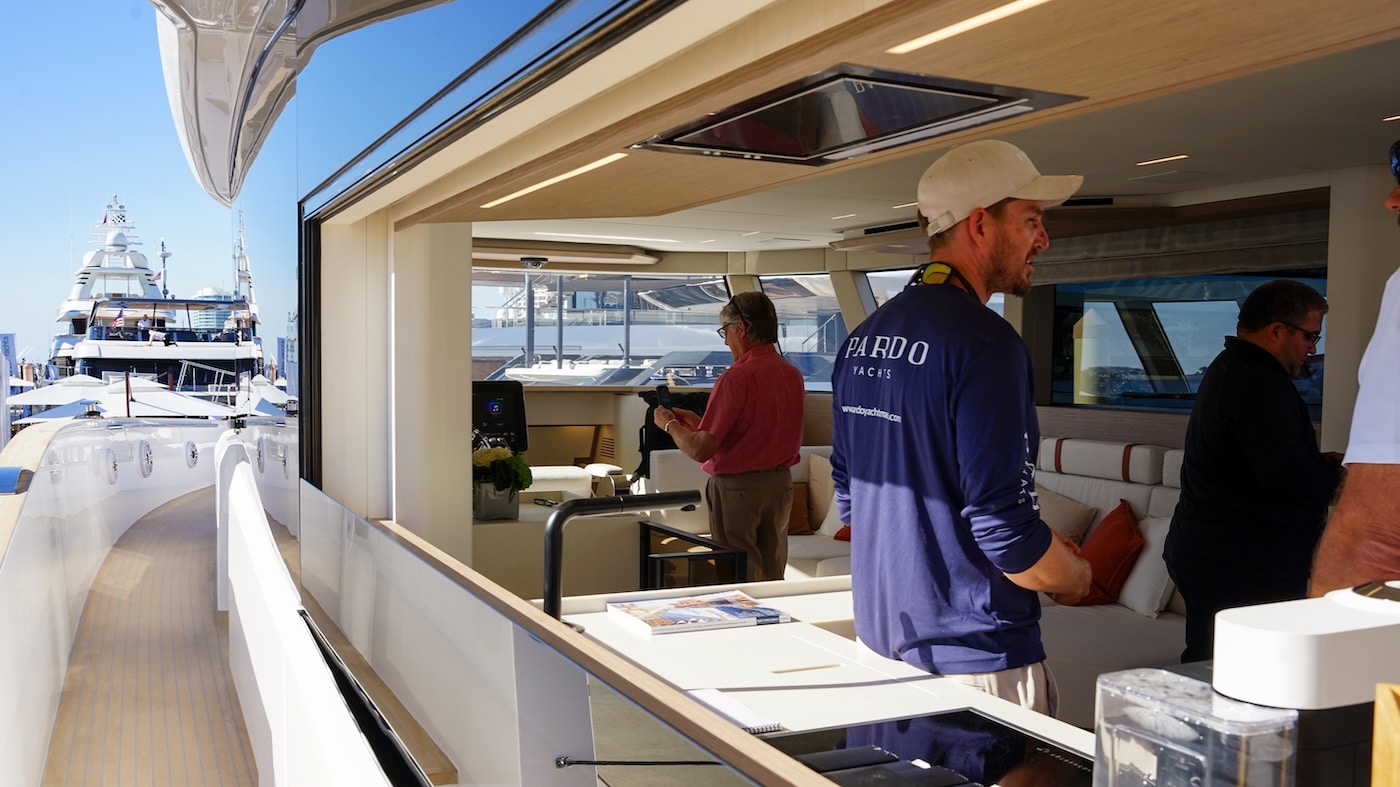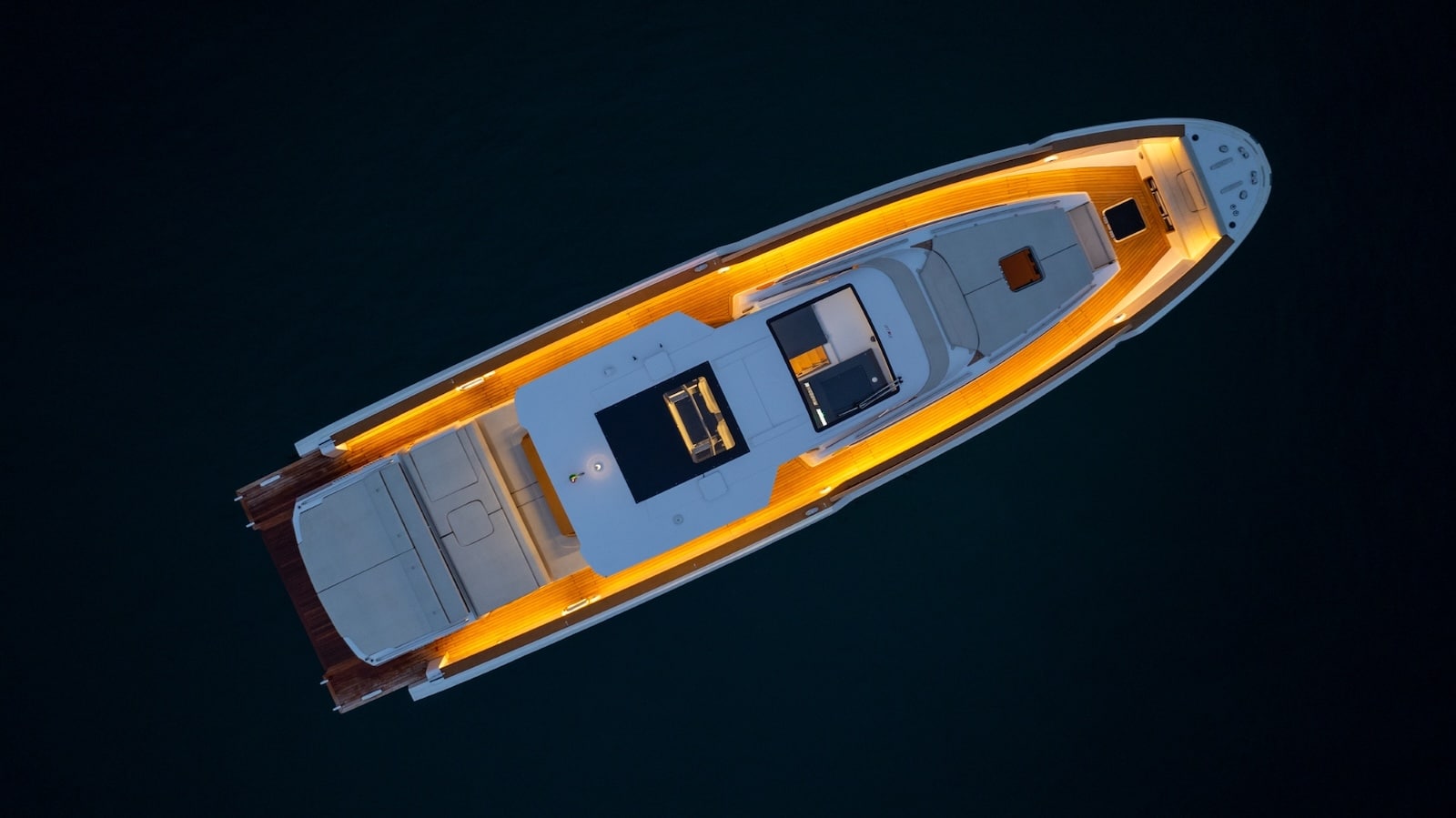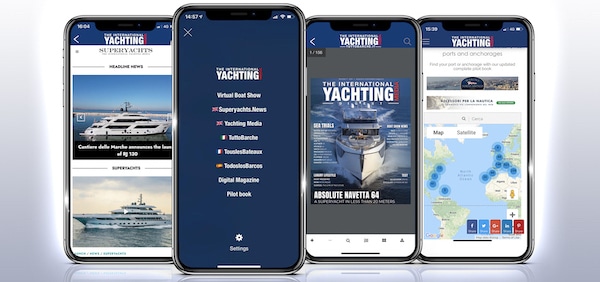Only few shipyards can boast a history spanning over 60 years. Among these is Rio Yachts, an Italian shipyard that has always pursued quality and reliability. The story of Piergiorgio Scarani and Rio Yachts is that of a company born as a family enterprise, which, thanks to a passion for innovation and constant commitment, has grown from a small reality on Lake Iseo into a major group selling boats worldwide. Yet, they have never lost their humility or courage to take risks.
We interviewed Piergiorgio Scarani, now at the helm of the family business founded by his father, Luigi, to take stock of the company’s recent years, marked by the launch of new highly successful models, and to hear about their future projects.
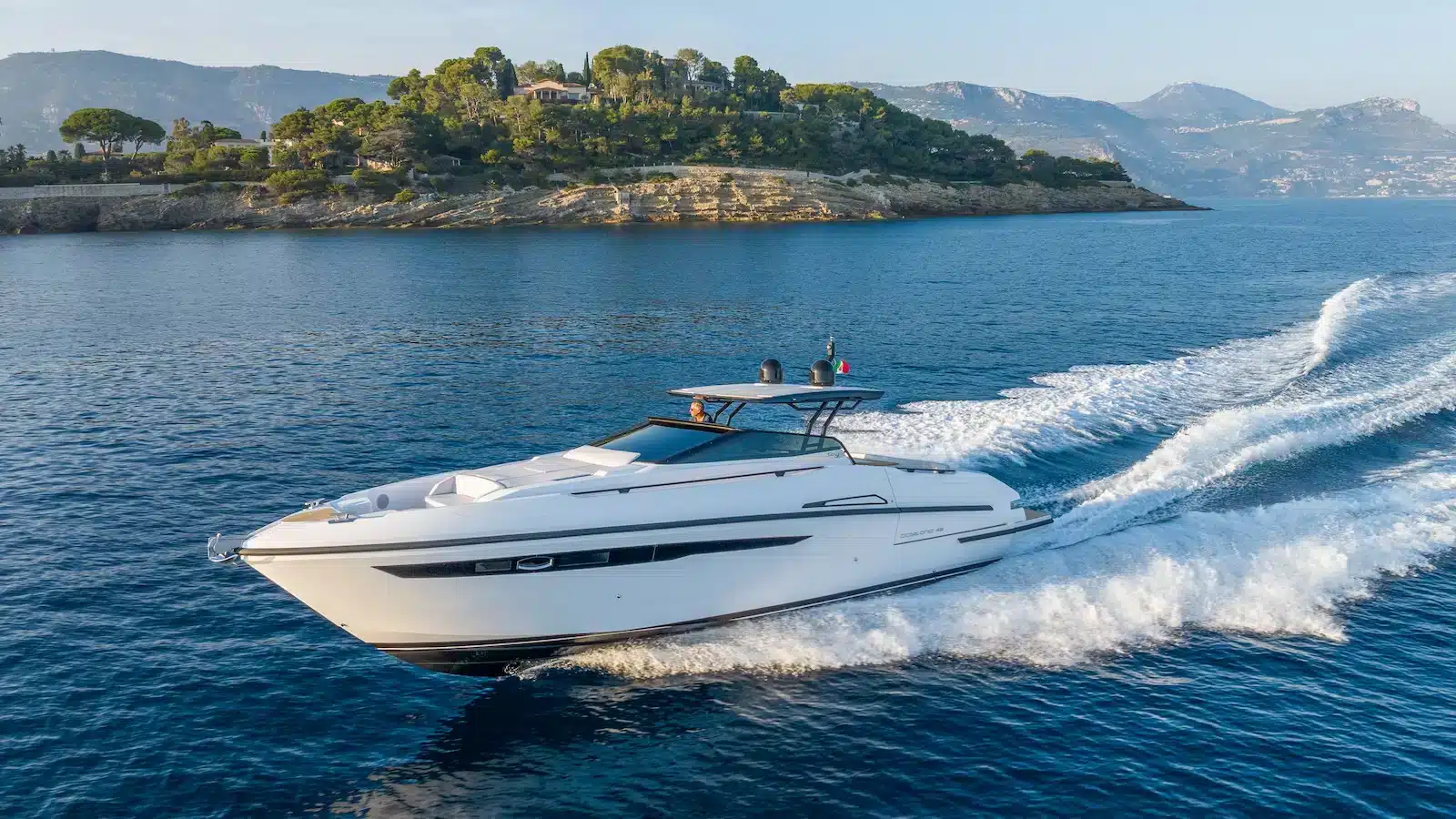
The latest has been an important three-year period marked by growth and innovation, which has even seen the introduction of two new ranges: Daytona and Rio Maxi-Rib. Piergiorgio Scarani, could you tell us about the key figures of such an explosive three-year period?
“It’s true, we’ve had a very significant three years for our shipyard. We’ve made investments, and that has allowed us to reap the rewards, although it should be noted that this occurred during favorable years for the industry, with the wind at our backs. Now we’re going through a consolidation phase, and we need the courage to continue our growth journey, to be ready once the growth cycle restarts. Daytona has been a product with great personality, a bold design choice even in terms of aesthetics, while Rio marked our first entry into the world of Maxi-Ribs, which required a significant effort to decide on positioning and product type. Now we’re continuing our journey with a third line of products, Le Mans, which are walkaround boats with the possibility of a more protected helm station and more space below deck, designed for cruising. In short, it’s not the typical day or ccoktail boat, but rather a good compromise between a cruiser and a high-performance, exciting boat.”
“The Maxi-Rib range Inagua is already a success, and soon we’ll see the newborn Exuma. What can we expect from your latest innovation?”
“These are two completely different boats. Inagua is a day boat, so it needs to offer good performance and enjoyable cruising, like all lightweight RIBs. Thanks to the lowered center of gravity, it’s an adrenaline-pumping RIB to drive at full throttle, with the wind in your face, perfect for day trips and chartering. On the other hand, Exuma is the dimensional evolution of the Maxi-Rib: in this case, we’re talking about a 15-meter boat, which provides more space below deck and a protected helm station. It’s a sort of synergy between the classic boat and the RIB, which has been so successful that even competitors have started to follow suit. Today, in this segment, we’re competing with three or four top players, and it’s a fascinating challenge”.

Any other plans for the future?
“In addition to recreational boats, we’ve always kept our production of workboats, military, and defense boats open, serving many companies and law enforcement agencies. Since we’re very active in this sector, recently, while designing a new patrol boat for an oil company, we asked ourselves this question: are we sure that patrol maxi-ribs wouldn’t also be interesting for recreational boaters? In short, we’re considering a ‘Hummer-like’ product, with lots of substance and few frills, which could be very interesting. But for now, I won’t reveal anything more”.
The Daytona range has become a new benchmark in the luxury open segment. Which model is the best-selling and why?
“Daytona is a walkaround that represents a sort of evolution of the American center-console, meaning a wider boat with some internal livability, outboard propulsion, and high performance. In the United States, these are more extreme and very masculine boats, while ours are more flexible and suitable for family needs. I can proudly say that it was a smart idea, as it has been tremendously successful, and we’re selling a lot of them even in the USA. Over the span of a decade, many other shipyards have followed us with similar models. In our case, we had the courage to extend the bow, support the superstructure that holds the cover with two attachment points instead of four, provide a livable cockpit with ample walking space, utilize the bow area, and offer the option of both diesel and gasoline engines. These were well-defined choices but still integrated into the context of an Italian boat—rich, livable, stylish, exciting, and glamorous.
The best-selling model to date is the 45, not only because novelty always attracts the most attention but also because in the current market phase, smaller boats are the ones facing the most challenges. It’s a boat with an amazing hull, designed for significant excursions, capable of speeds up to 50 knots and able to navigate and have fun in any condition. If this boat sells, it’s because it delivers on its promises”.
Inboard or outboard, a trend or an opportunity? What does Piergiorgio Scarani think about this now well-established practice?
“I find both solutions interesting. In recent years, outboards have grown significantly in size, investment, and technology, allowing for good performance both at high and low speeds. This has enabled the construction of boats with outboard engines up to 55 feet. These boats undoubtedly have far fewer maintenance issues and are therefore sellable worldwide, in addition to offering greater volumes and lower prices. So, objectively, outboard engines work, and indeed they sell very well worldwide. And although the more established market is for diesel, it’s no longer taboo today to talk about gasoline outboards. However, as a shipyard, after having tried all solutions, we can say that the most reliable solution remains the shaft line: it’s the only one that ensures no problems over the years, and having been technologically refined, it can guarantee a maximum speed of 40 knots and, with good hulls, a cruising speed of 30 knots in any weather condition. Ultimately, the more traditionalist customer prefers inboard engines, while the more sporty one prefers outboard engines.”




















